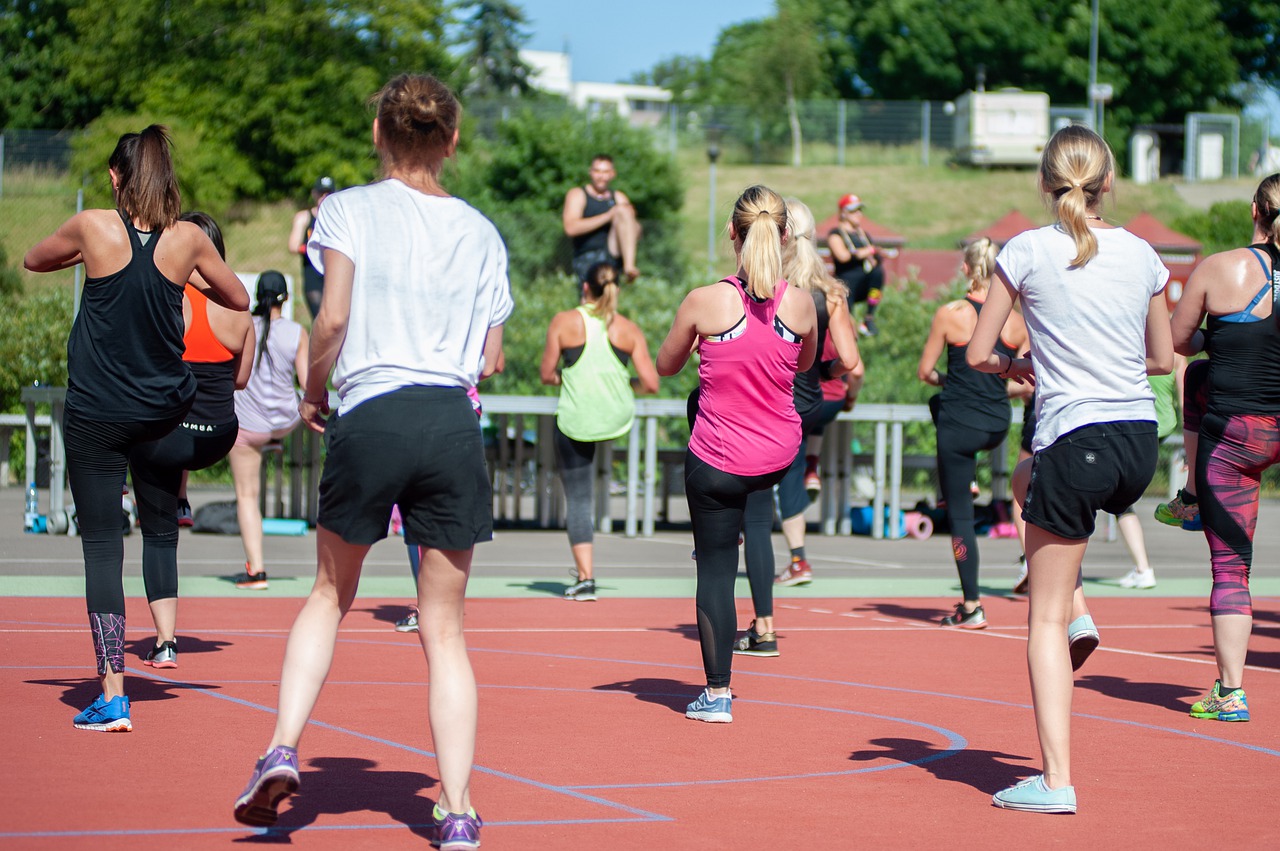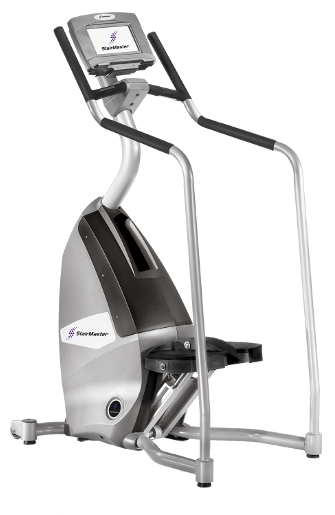
Biking is a great cardio exercise, as well as, a pleasurable recreation. Bicycling is a popular activity throughout the world as it combines physical exercise with being outdoors and connecting with nature. It is the ideal low-impact workout for people who want to maintain a healthy weight. Biking helps burn approximately 400 calories an hour.
Types of Bikes:
Biking can be used for many activities, including commuting, exercising, and adventure. There are different types of bikes designed to serve each purpose.
Road Bikes
As the name suggests, road bikes are ideal for use on paved roads. While all bikes work well on the paved roads, lightweight road bikes with narrow tires make road biking as efficient as possible.
Mountain Bikes
Road bikes are not meant to function on uneven terrain. For off-road trails and adventures, a mountain bike is best. It has knobby tires and a chunkier frame, allowing it to balance on irregular paths. It also comes with different gears to get up and over mountains.
Hybrid Bikes
Hybrid bikes are a good balance between road bikes and mountain bikes. They can be used for commuting, occasional off-roading, and casual riding. Their large, padded seats and upright handle bars provide a comfortable biking experience.
Biking Essentials
To make a cycling experience as comfortable and safe as possible, you should use specific biking equipment and essentials.
- Padded shorts and cycling jersey
- Water bottle
- Spare inner tube and pump
- Helmet
Safety Precautions
It is always better to follow the advised safety precautions to enjoy a pleasurable biking experience.
- Wear a helmet
- Dress in fluorescent attire and reflective clothing to easily be seen, especially at night
- Know the bike safety rules of your state
- Don’t ride against traffic
- Carry a patch kit to fix a flat tire
With the right equipment, attire, and safety precautions, you can make your bicycling a safe, pleasurable experience. You will be able to explore the great outdoors, meet people, socialize, and share common interests. You can bike ride the same familiar roads to get exercise, at the same time meeting and greeting friends, neighbors, and acquaintances. Or, you can even commute to work each day, combining work and pleasure, at the same time getting a great exercise. Happy Trails!
Author: Amita Vadlamudi






